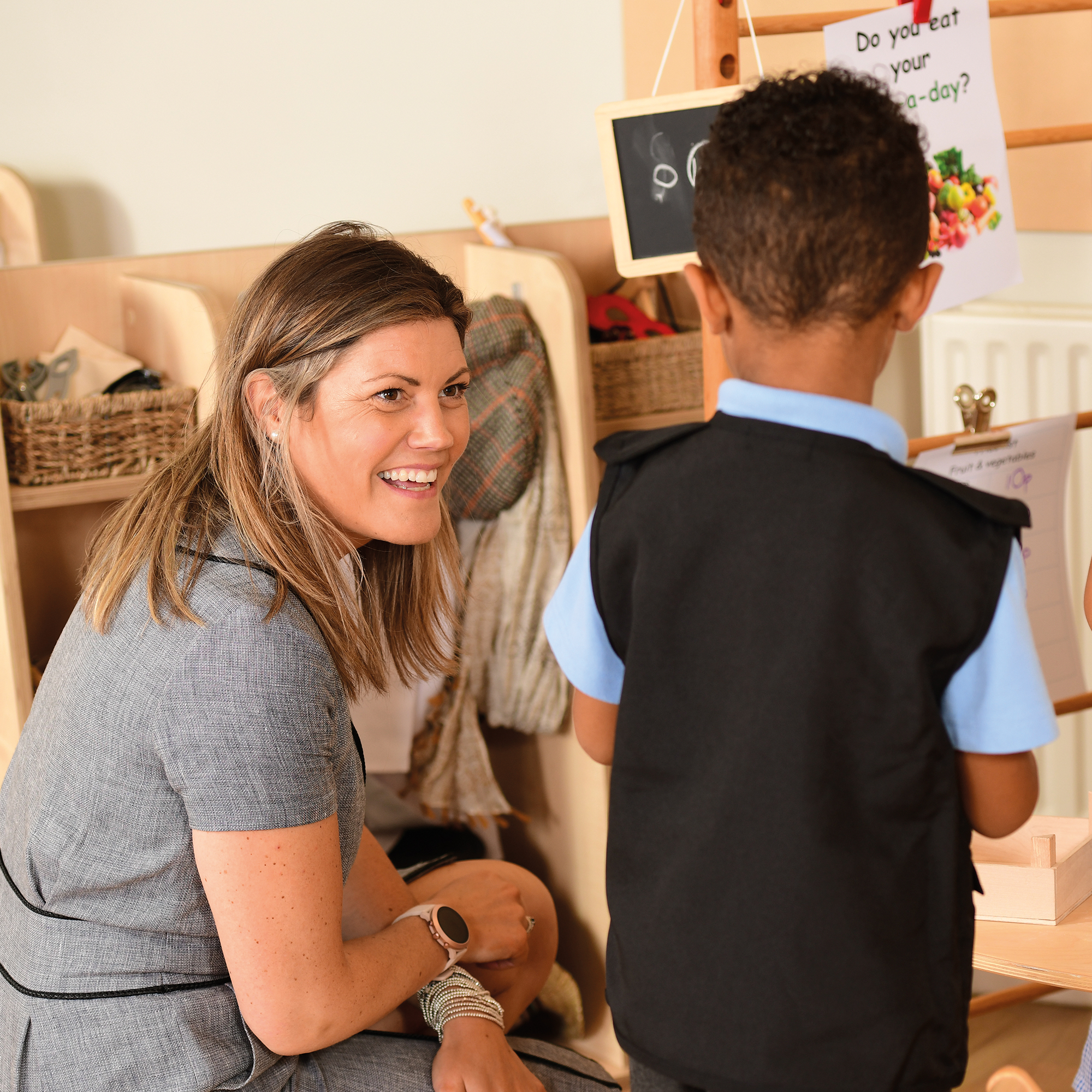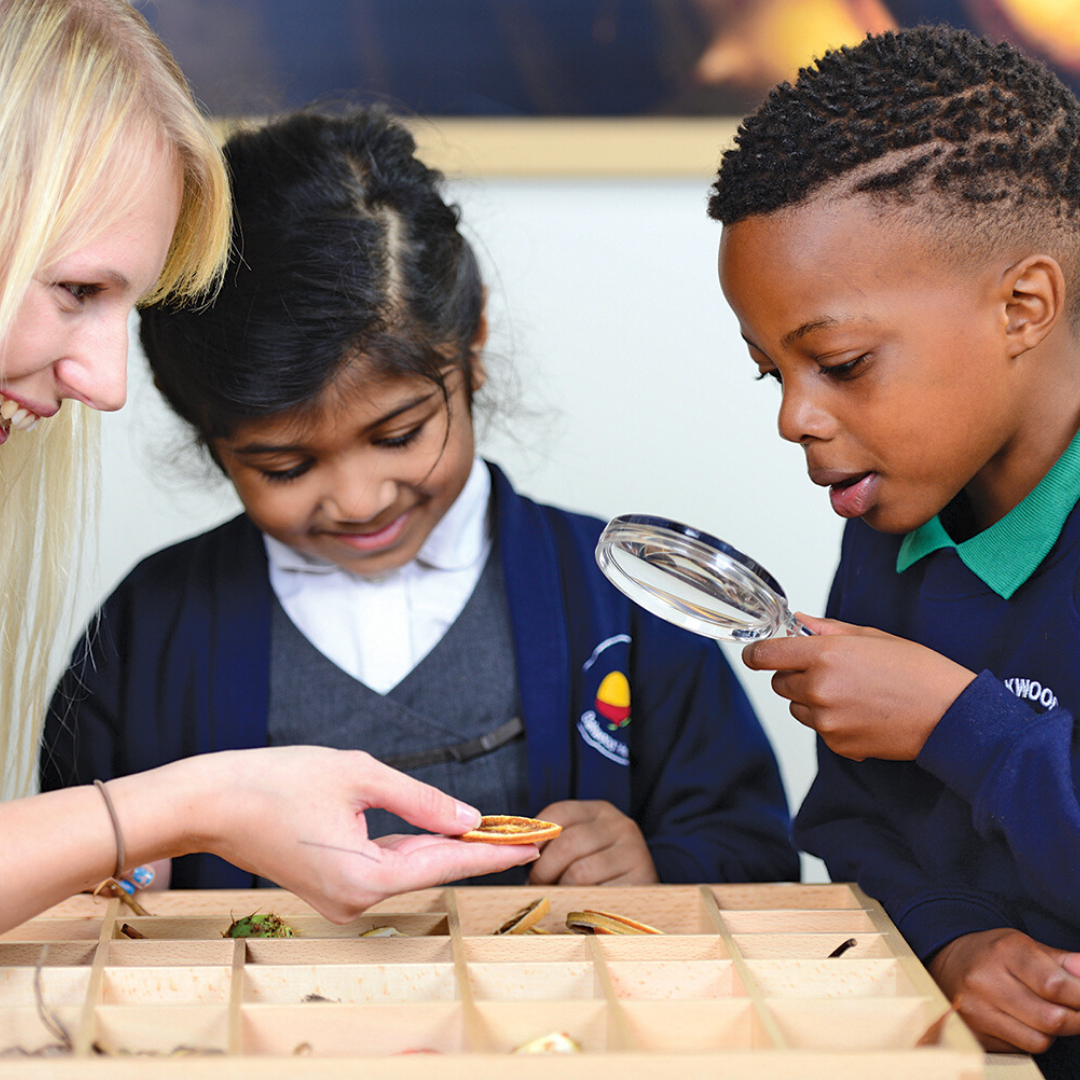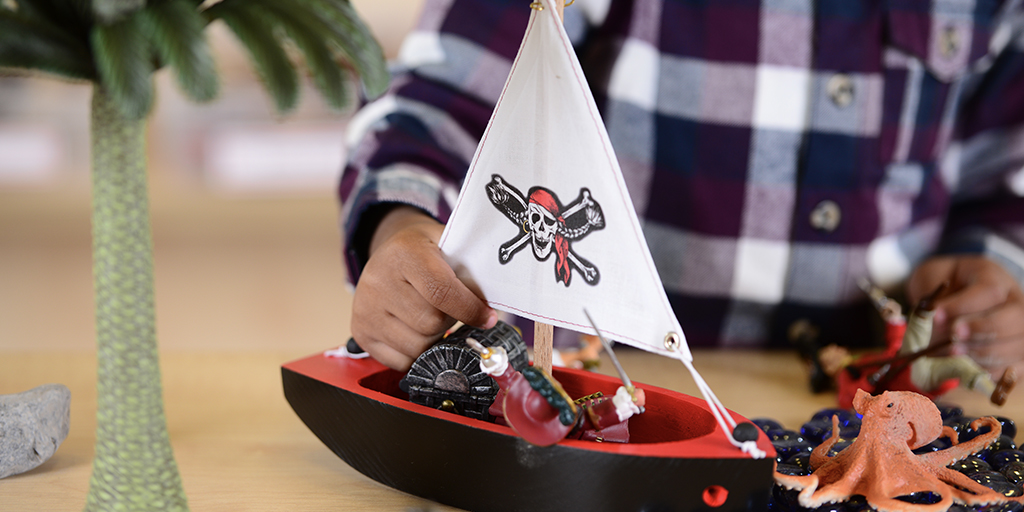Anyone who has ever spent quality time alongside young children will know that their drive to learn is often powered by their own interests and fascinations. Attempting to teach young children without acknowledging these interests and their prior experiences, can be frustrating for everyone involved and can lead to missed valuable learning opportunities.
This article is also available as a podcast:
Why is it Important to Build on Children’s Interests?
There are a number of key factors that link to the effectiveness of the learning process. Our emotional response to a learning experience is crucial in determining future motivation and self-esteem around an area of learning. By acknowledging, and building on, children’s own interests we help children feel valued as an individual, someone who is an expert in their own life experiences.
How meaningful a learning experience is perceived to be is also crucial. When we see learning as something which is useful to ourselves and our own lives, we tend to be more engaged in the process. Practice which is shaped by our observations and interactions with the children in order that we can provide a meaningful learning experience is, therefore, vital.
So, what does this look like and what are the key features of practice which seeks to encourage, value, celebrate and build on the ideas and interests of young learners?
The Learning Environment
If adults and children are going to build a learning relationship around children’s interests, the effectiveness of the learning environment will be the first key consideration. From the outset, if we want children to express their own ideas and interests effectively, then we will need to consider the amount of resources and the number of possibilities that are provided.
Let’s take the construction area as an example. It’s often assumed that by offering more construction kits we will provide more opportunities for learning. In reality however, with too much on offer, the way the materials are stored is often far from ideal. Large boxes filled with a mixture of component parts will be unwieldy for young children and lead to an endless search for wheels and connectors. Offering up to a maximum of three construction kits, with each component part stored separately, will mean that children will be able to have their own ideas and then be able to express them through the building process.
Resources which can be used in a variety of different ways will also be a key feature of an effective environment. These open-ended materials will allow children to have their own ideas, whatever they may be. Engaging in this process alongside young children will lead to valuable and rewarding teaching and learning moments. A good starting point is to consider each of your classroom areas in turn with your team.
- Does every resource earn its place on the shelf?
- Can the materials and resources be used in a variety of different ways?
- Are the resources stored effectively in order to encourage children to have their own ideas and then carry them out?
Consistency and Flexibility
If we want children to follow their own interests and make their own plans, then consistency within the environment is crucial; the children need access to continuous provision. If children are faced with a learning space in which resources are constantly rotated and furniture regularly relocated, then they will be less likely to bring their own ideas to the space.
A flexibility of approach will also be key. Topics or projects can be a great way of exploring ideas and concepts with the children in detail but, if the topic plan is too rigid, then other valuable learning opportunities can be missed. If a whole topic is planned at the beginning of a half term with set activities for each week, then we might be missing vital opportunities to allow our observations to inform our planning.
- How flexible is your planning? Is it flexible enough to allow staff to respond to their observations of the children on a weekly basis?
Time
Too many stoppages during a session tends to interrupt the flow of children’s ideas and will often result in lower levels of engagement. Within a well- planned learning environment, giving children uninterrupted time to follow their own ideas and interests will result in a much greater progression of ideas.
How we use time at the beginning and end of sessions can be very important too. Allowing time at the beginning of a session to talk about what the children plan to do in the provision areas is a very effective way to value children’s ideas. It enables adults to understand young children’s thoughts and motivations and provides an opportunity to teach new vocabulary and scaffold thinking. Time at the end of a session can be used to celebrate achievements together, make connections with the wider world and reflect on any problems that might need to be solved.
- How much uninterrupted time do the children in your setting have in order to follow their own interests and make progress with their own ideas?
- Is enough time given for children and adults to discuss ideas, concepts and connections linked to the children’s own ideas?
Reflective and Responsive Adults
If valuing and building on children’s interests is to be a central aspect of practice, then the role of the adult will need careful consideration. The use of adult time will need to reflect that teaching in the EYFS does not just happen at the carpet or the group table but in a wide range of other contexts. Interactions and observations in each of the provision areas will need to be used to build a clear picture of each child’s development and, crucially, what drives this learning. Some children will be motivated to learn through easily recognised schemas, others will express their ideas in different ways such as through imaginative play, role play, building and constructing or painting. Adults will need to be skilled in interpreting not just the ‘what’ their children are learning but also ‘how’ they learn best.
Time for adults to discuss children’s emerging interests and the patterns of their play will be invaluable in embedding a consistent approach and will inform the planning of meaningful experiences. Including the children in these discussions as part of a ‘Plan, Do, Review’ structure provides both a powerful context for sustained shared thinking and an effective way of valuing the voice of the child.
Enhancements
When planning in the short term, it is important to remember the value of consistency within the learning environment. If we have carefully planned each of our continuous provision areas, we shouldn’t need to make major changes to our learning environment on a weekly basis. Our observations and interactions with the children should enable us to know where key enhancements will need to be added to our learning environment in order to capitalise on an interest or challenge the children’s thinking.
For example, if the children have been fascinated by the process of exploring how water can be transported by pouring through a funnel, a colander and tubing then what other interesting resources might be added in in the short term in order to challenge their thinking? In the first instance we might discuss the children’s interests with them, building a picture of the concepts that they are keen to explore alongside any misconceptions that they may have. This will give the EYFS team the opportunity to add a meaningful enhancement into the water area: syringes, tubing of different sizes or other containers with holes would be a good starting point.
The learning process is a cycle of reflection, discussion and effectively planned responses- add enhancements in this way based on your observations and conversations. Remember, the process of adding resources needs to be both meaningful to the children and sustainable for the adults. Don’t try to enhance every area of your provision every week as this will be difficult to sustain and less effective in the long run. Adding enhancements to two or three provision areas each week will allow staff time to carefully consider their responses and to really show that they are building on the interests and fascinations of the children.
So, some key questions to consider:
- Are enhancements firmly based on the adults’ observations of children’s interests and fascinations?
- Is the process of adding enhancements both sustainable for the adults and meaningful to the children?
- In your setting, is the assessment/planning process seen as a cycle of observation, interaction, reflection, planning and response?
- How are your ongoing observations used to inform future planning?
Find out more

Understand essential practitioner knowledge underpinning child interactions, delve into child development, learning processes, and curriculum insights based on the latest research with our Strengthening Adult Interactions in the EYFS course.

Gain access to Continuous Provision – Inside Out videos and support materials that will help you to review and refresh each of your provision areas,
making the best use of everything you have!

Our Let’s Get Talking in the EYFS webinar has both live and recorded options available, focusing on language development as a priority and allowing children to successfully follow their own interests.

